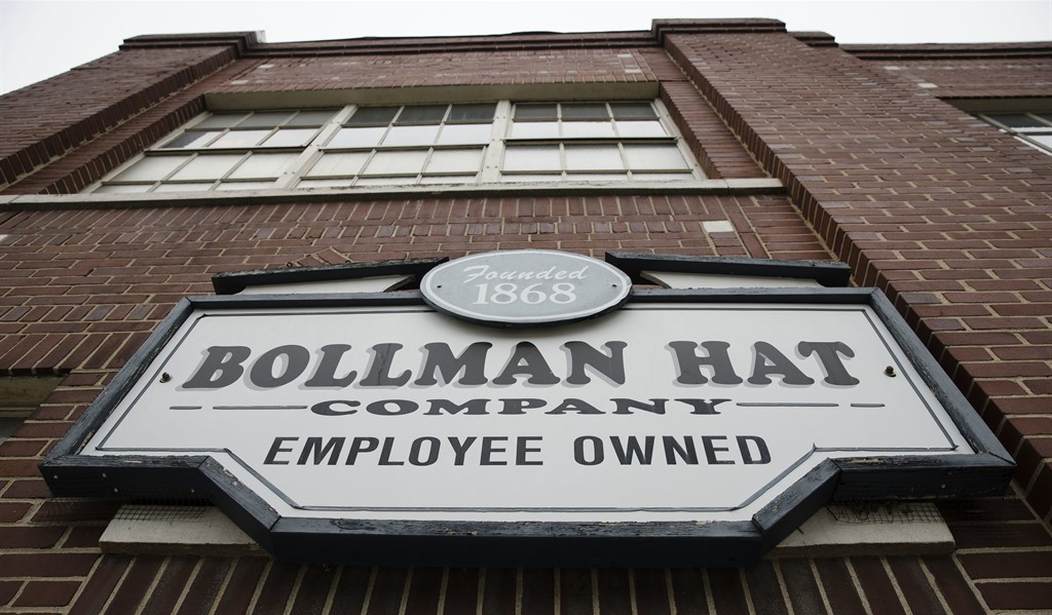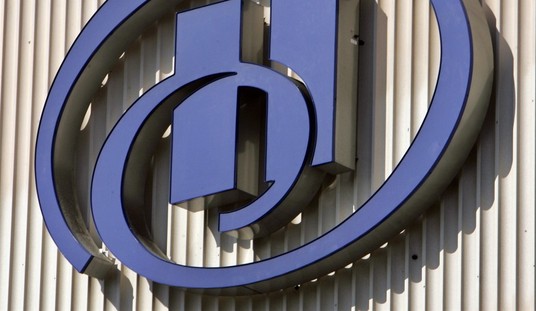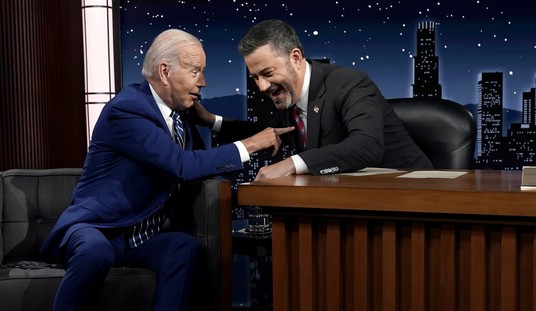It was one of the ever-present themes of President Trump during the endless campaign of 2016. Bring jobs back to America, revitalize the manufacturing sector and punish companies who outsource. One outfit which took the message to heart was Kangol, the manufacturer of fancy hats seen on the heads of many celebrities. They had been knitting their beret style caps in China for many years, but anticipating the climate around the country in the Trump era, last year they shifted their base of operations to the Bollman Hat Co. in Pennsylvania. The company claimed that they could speed their products to market more quickly from a US based operation, but it seemed obvious that it was really about getting in line with the idea of creating American jobs to improve their brand image.
That all sounds great, but as the Associated Press reports, ever since the move they’ve been losing money hand over fist.
But as labor costs went up, profits went down. Way down. The 149-year-old company behind Kangol says it’s losing money on every kangaroo-logo cap knitted at its factory in Adamstown, 60 miles west of Philadelphia.
“It has been certainly a bigger challenge than what we could’ve ever dreamed,” said Don Rongione, Bollman’s fedora-wearing president and CEO…
Employment is down 85 percent since 1990 — the biggest decline of any manufacturing sector — as cost-cutting apparel companies shifted production to Asia in search of cheaper labor. Bollman spends about $11 an hour per worker in Pennsylvania vs. $2.60 in China.
The reason this story is worth highlighting is that liberals are going to find themselves in a touchy situation if Kangol comes up as an issue on the campaign trail. It’s easy enough to point to them and say that Trump’s America First strategy isn’t working and you can’t restore manufacturing in the rust belt. But if you read further into the article, Bollman claims that they expect the profit losses to be a temporary situation.
The nation’s oldest hatmaker expects a relatively quick turnaround once U.S. workers get better at making the popular Kangol caps. But Bollman’s early struggles with Kangol help illustrate why the labor-intensive garment industry left the United States in the first place.
So there are two competing factors in play here. This manufacturing process isn’t as simple as loading some textiles into a bin and pushing a button on a machine. Making the knit caps is complicated and requires some skills and experience. They’re behind the curve because the new workers need time to master the craft. When they get better at it (and faster) costs should go down and profits can return.
But they’re not going to come back to their former levels. Nothing is going to overcome the difference between paying Chinese workers less than three bucks an hour when American workers are making eleven. And that’s just eleven. What’s going to happen if the Fight for Fifteen crowd has their way and Bollman has to lay out an additional four bucks an hour? Either the hats will have to become even more expensive (and less competitive) or the company will face a choice of going back to China or simply going out of business.
These are jobs which are sought after in rural areas with lower cost of living figures. If you were scraping by with a seven or eight dollar per hour job flipping burgers, a factory job starting at eleven sounds pretty good. And it’s the sort of position where you primarily learn on the job and don’t need a college degree for it. If liberals continue to push for a national 15 dollar minimum wage they will probably drive the folks currently working at Bollman right back to the unemployment lines. And as more and more automation shows up in the food service industry, lower skill jobs will be increasingly hard to find as a replacement.
So, yes… it’s a complicated mixture of factors when we begin bringing decent paying jobs back to the United States. But it’s going to require some give and take from everyone – including Democrats – to make it work.









Join the conversation as a VIP Member